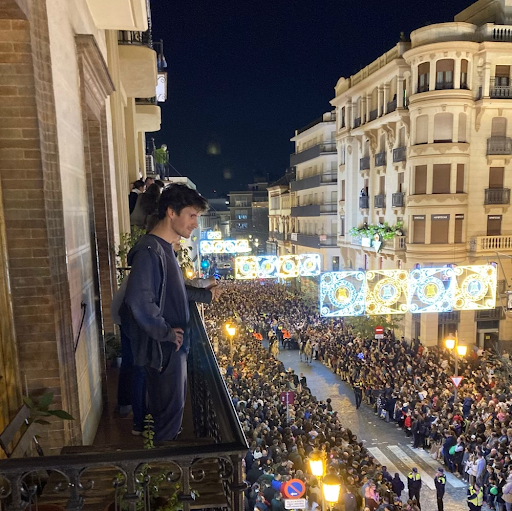
Last year, Brink announced Marco De Leon would join us in London for a year long fellowship with Niklas Gögge as his mentor. Today we celebrate not only all that he accomplished in the last year, but also that we are excited to continue support for him full-time as a Bitcoin Core engineer.
Marco writes of his Brink fellowship experiences:
This past year, I had the awesome opportunity to work on Bitcoin Core as a fellow, sponsored by Brink. Like many people, my initial fascination with Bitcoin came from its philosophical and economic implications. But the more I learned, the more I realized that to truly grasp it at the level I wanted, I would have to understand the code underlying the network. The idea of diving into a codebase as critical and complex as Bitcoin Core’s was intimidating, and frankly, I was a bit worried I didn’t have enough experience to contribute meaningfully. The fellowship provided the perfect bridge. It gave me a path to receive mentorship and guidance from an experienced developer (dergoegge), allowing me to learn how to make valuable contributions and build my confidence along the way.
My fellowship proposal was centered on using fuzz testing as my primary tool, and this became the foundation of my work. Fuzzing is a software testing technique where the target code is automatically provided with random and unexpected data to see if it crashes or behaves incorrectly. What I quickly came to appreciate is that to fuzz code effectively, you first have to understand the code—its inputs, its outputs, and the invariants it’s supposed to maintain. This process of learning the code in order to break it proved to be an effective way to build a mental model of the system from the ground up.
My mentor, Niklas, was instrumental here. He not only guided me through some of the more technical aspects of how fuzzing works, but was also there to answer my many (and I mean many) questions about the details of Bitcoin Core. He provided me with crucial direction from the start, helping me learn how to identify what makes for a valuable contribution and pointing me toward areas of the codebase where my efforts would be most impactful.
This guidance led me to one of my first contributions, reviving and improving the fuzz test for the headers pre-sync logic. This test served as my hands-on introduction to the peer-to-peer code. In order to properly test the specific logic I was targeting, I first had to learn how we construct and deliver the various network messages that would trigger it, essentially simulating the P2P communication between nodes from scratch. Adding this fuzz target to our testing suite provided me with an initial understanding of how a node receives, processes, and validates data from its peers. It also ended up being the final piece needed to give the project the confidence to remove the longstanding mainnet checkpoints.
I’ve found that one of the best uses of fuzzing in a project as large as Bitcoin Core is its ability to act as an automated line of defense, catching subtle bugs and security vulnerabilities before the code is even merged into the master branch. It makes the entire review process more robust. I applied this testing-focused perspective when helping to review the new orphanage implementation. As a fellow, tackling a review of this size, over various PRs, was a great way to get more comfortable navigating the codebase. It was an exercise in tracing logic across different parts of the P2P code and understanding how all the different components connect.
As I grew more comfortable with the code, I was able to take on a different kind of task: a larger refactoring project. The goal was to improve type safety by replacing the generic uint256 type with the more specific Txid and Wtxid types wherever possible. This improves the maintainability of the codebase by letting the compiler catch any potential txid/wtxid mix-ups. It was the first project I worked on that touched dozens of files, and it taught me how to break a large, cross-cutting change into a series of smaller, manageable commits. Not only is the code now more robust, but the process even helped uncover one minor, pre-existing bug.
Looking back, my main goals for the fellowship were to develop a solid mental model of how a Bitcoin node works and to get comfortable enough to navigate and contribute to Bitcoin Core’s massive codebase. I can confidently say I’ve achieved that. My experience has been overwhelmingly positive, and I owe a huge thanks to multiple other developers who have helped me along the way, especially Niklas. Going forward, I’d like to keep expanding my knowledge of the P2P and validation code, which will allow me to review more substantial and critical pull requests. Fuzzing will, of course, remain a central part of my work. I’m looking to help Niklas improve fuzzamoto, as this will likely help us uncover even more subtle bugs in consensus-critical parts of the codebase. I’ve been given a great foundation this last year through the fellowship, and I’m excited to continue my journey as a contributor.
About Brink
Brink is a Bitcoin research and development centre, founded in 2020 to support independent open source protocol developers and mentor new contributors. Find out more about our grants and fellowship programs, and how to support us.
Keep in touch
Subscribe to the Brink newsletter for future blog posts.


